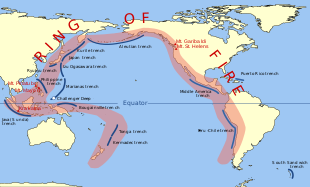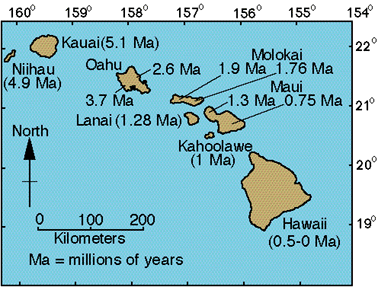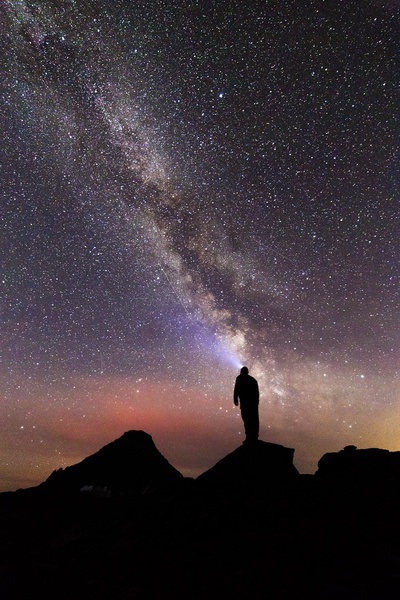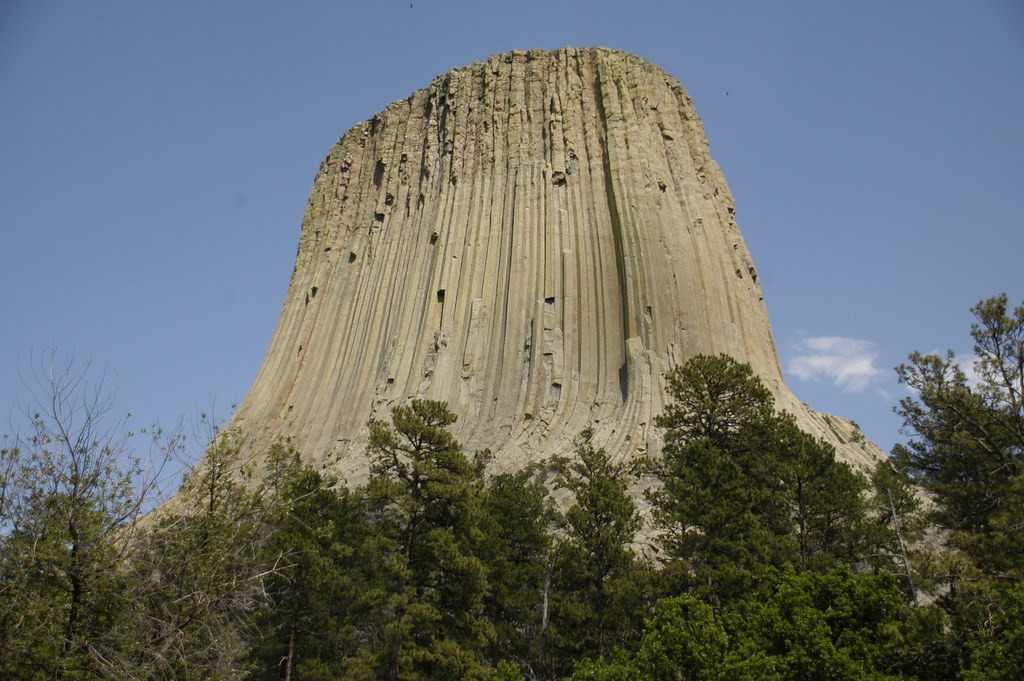Meteors, Part IV: Can They Cause Volcanism?
Over the past few weeks, we have considered different perspectives about meteor impacts, all of which have good supporting evidence. Today, permit me a speculation for which there is no convincing evidence … yet: My suspicion is that some impacts, in some circumstances, cause volcanism. Meaning that a bolide creates a deep conduit of broken, partially-melted rock, through which already existing hot or molten rock at-depth can start leaking upwards to form a volcano or a lava plateau.
The majority of Earth’s volcanoes are associated with the edges of tectonic plates and are created by the processes acting there. Best known is the Pacific “Ring of Fire,” which rather faithfully approximates the edges of the oceanic tectonic plate known as the Pacific Plate.
But there are a few volcanoes not so readily explained. For example, the Hawaiian chain lives out in the middle of the Pacific Plate. The Big Island, still active in our time, is less than a million years old. Going northwestward the islands get older, with Kauwai at the other end about 5.6 million years old. The chain continues below sea-level with still older volcanic seamounts extending further northwestward.
The textbook explanation for the origin of the chain is that a deep-seated “hot spot” is present below the pacific plate, and that as the plate slides over it the hot spot melts its way up through the plate and forms a volcano. But as the plate continues to move, the volcano gets further and further from its source of molten rock, and erosion and collapse eventually win, but in the meantime a new volcano is being born as the deep hot spot melts its way up through a new location below the drifting plate.
What would it take for a meteor to punch its way through the Earth’s crust and trigger volcanism released from the hot mantle below?
General observations suggest that stony meteors are brittle and usually crumble and disintegrate from the thermal shock of instantaneous heating in our atmosphere, whereas the irons are much more durable and often strike intact.
A meteor’s speed relative to Earth’s speed is not always that different. Remember that we circle the sun in our orbit of around 600 million miles, traversed in only 365 days, at a speed of about 18.5 miles per second. A meteor approaching us from behind might be slow to catch us. In addition, our entire solar system rotates around the Milky Way, and our portion is moving through space at around 170 miles per second. (If I recall my calculations correctly, the last time we occupied our present location in our galaxy was somewhere in the middle of the Jurassic).
Again, a meteor approaching from behind might hardly catch us. And indeed some meteors have landed on thin ice without breaking through, and some have landed cold to the touch. But this slowness for a few means that occasional meteors also meet us in head on collisions, where their speed is added to our rotational speed around the sun and added to our rotational speed around the galaxy. The penetration capability of a large iron, at head on collision speeds, I think may be able to reach the hot mantle at many places on our planet.
Here in the North American tectonic plate, which we live in the middle of, we have Devil’s Tower in eastern Wyoming. This is an isolated “volcanic neck,” meaning that it once was the conduit for lava rising up through a stack of weaker sediments which have since eroded away, leaving just the solidified conduit standing alone.
Could this seemingly isolated former volcano have been created by a meteor impact? The North American tectonic plate has been drifting west for a long time and in western Wyoming the great Yellowstone caldera is still alive and well, biding its time, releasing its residual heat from its last great eruption as hot springs and geysers. Could Yellowstone be a hot spot created by a deep meteor impact and Devils Tower is just the latest little link in the chain as our plate moves over the hot spot? Many questions, few answers.
Unfortunately for our knowledge, long-term melting will make much of the evidence we have learned to associate with impact, vanish.
What we witness in the night sky over our lifetime is sorta analogous to standing on the seashore seeing minnows in the surf, but only suspecting that further out there may be whales, sharks and giant squid. Keep watching.






